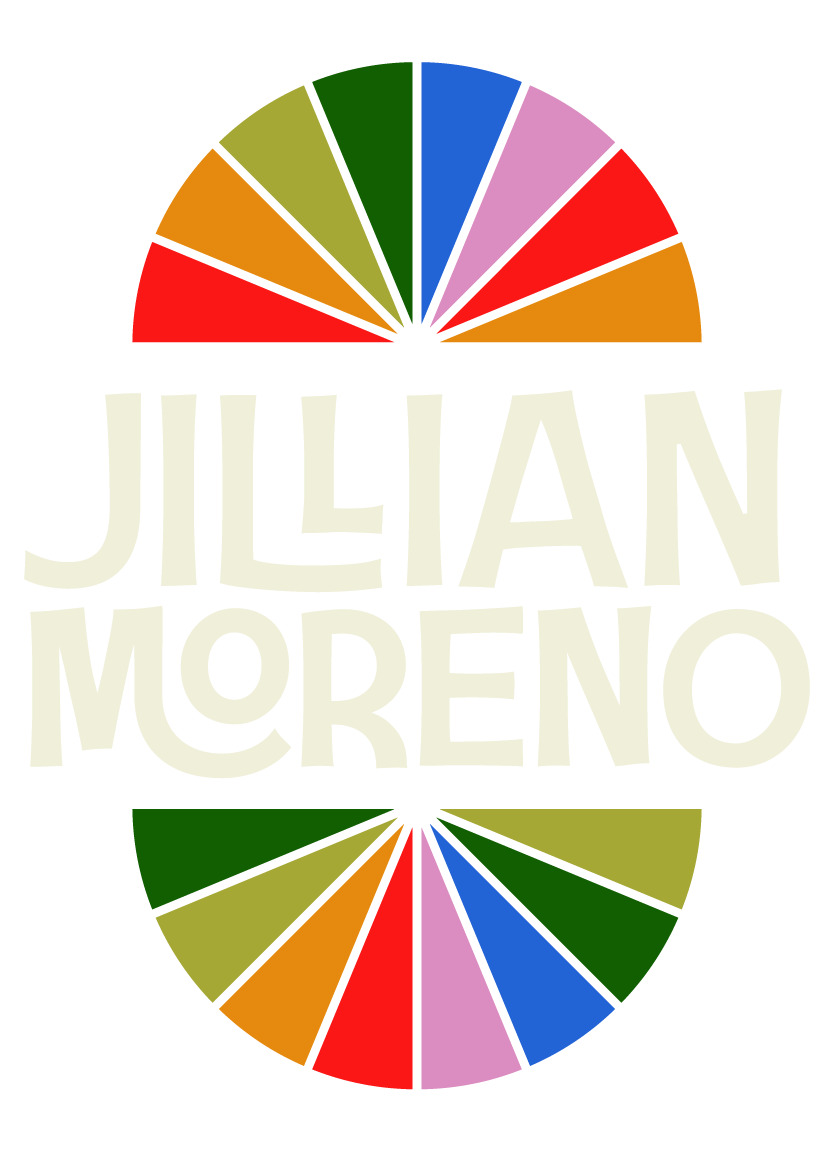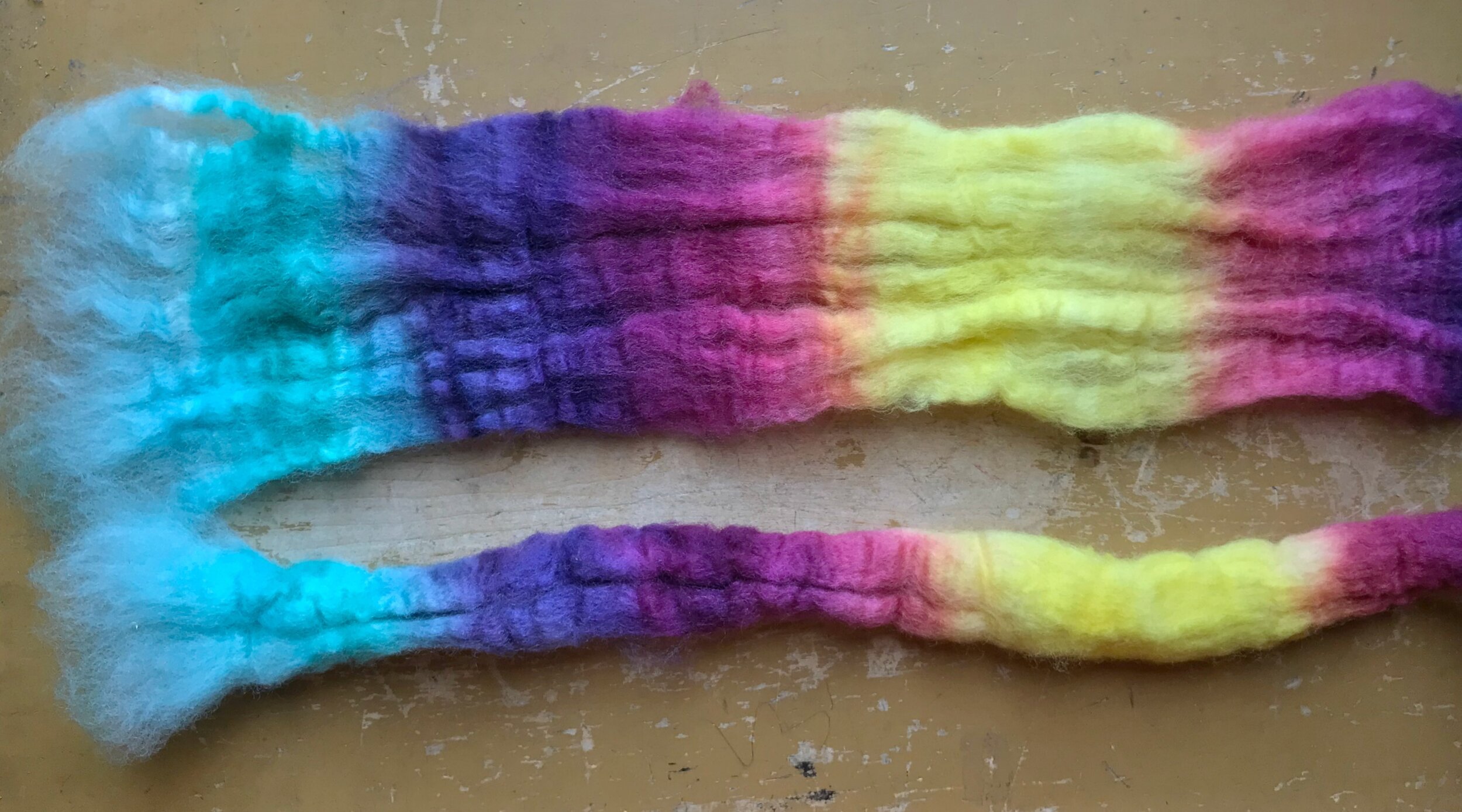It’s Sample Along time, let’s get ready!
Here’s what you’ll need:
A 4 ounce, variegated braid, dyed in a regular pattern (no speckles). I’m using Cjkodesigns fiber, and she just updated her shop.
A wheel or spindle, and your favorite tools to spin and ply a 2-ply yarn.
Your favorite tools, tags ,and toys to label your yarns, and to keep track of what you’re spinning.
Knitting needles that you like to use with your default yarn.
Your default yarn is the yarn you spin most often, the yarn you spin when you spin for relaxation and pleasure. It’s the most important yarn that you spin.
The yarns we’ll spin
For this Sample Along we’ll be making four 2-ply yarns, and it helps to see the colors shift if your yarn is in the heavy fingering or bigger range. I tend to spin DK to worsted weight when I’m sampling so I can see what’s happening in my yarn.
Our yarns will be 1) As it Comes, 2) Flipped, 3) Fractal, and 4) Drafted Together and Plied.
I’ll be talking about two yarns at a time, and talking other sampling info the weeks in between, to give us all leisurely time to spin.
Prepping your fiber
I take a lot of photos when I sample, and make notes and observations. The fist thing I do is prep my fiber.
I take a photo of the fiber in it’s braid, then unbraid it and take another photo. Taking a moment to look at my fiber in these two ways has helped trained my eye to know better what I’ll see when I unchain my braid.
I spend some time looking at my dye pattern. I try to lay out my braid in the way the dyer might have when dyeing it. I look at the repetition of pattern and the length of the colors.
Then I fluff my braid. Depending on how long a braid has been in my stash and how it’s been stored, it could be quite compacted. I shake out my braid, unfold it from the center out, and double check the edges. I wrote a post on my process. Opening up a braid by unfurling and fluffing makes drafting much easier, by allowing the fiber to slide by each other.
Before I divide my braid for sampling, I tease off a small strip all the way down the braid. I keep this with the fiber label, so I know what the colors and dye pattern originally looked like. I’m always sure I’ll remember; I never do.
For this Sample Along we’re going to divide our braid into 4. Divide it in half vertically once, then divide each vertical strip in half vertically again. Each quarter will become one yarn.
I eyeball my divisions, and when the fiber is open and fluffy I can get pretty close. The four pieces for this are, 1 oz, 1 oz, .95 oz, and 1.05 oz.
Even when they are off by much more than that, I don’t stress it.
Spend this week, getting to know your fiber, and gathering all the things you need to keep track of our spin. I may need some new office supplies.
Show everyone your fiber on Instagram with #samplealong.






















